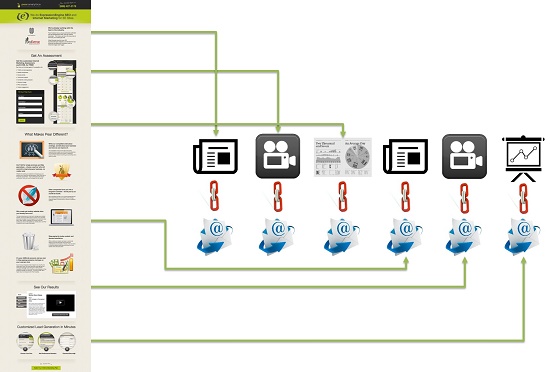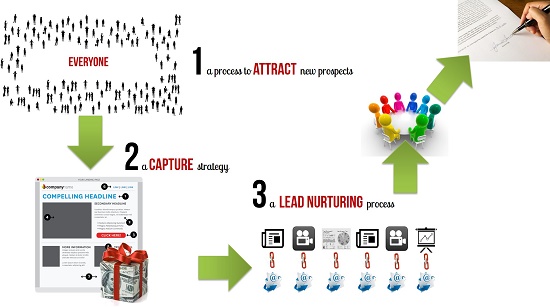When you come in contact with a potential prospect for the first time – what do you do?
Do you pitch them your product or a service right away?
We all know that doesn’t work, and here is why:
- You simply may not have the right person in front of you
- They may not be in the right mindset yet, not ready to buy
- They do not know you not trust you yet. Pushing for business to early raises defenses and arouses mistrust.
People hate being sold to.
In other words, you will need to build a trusting relationship with your prospect before you get their permission to pitch. In fact, if you build the relationship right, your prospect may just come out and ask you:
“can you help me with this?”
Building relationships takes time. You will hardly have time for everyone you meet. Especially if you have done the first steps right and you start attracting even more prospects.
What follows are four elements of a system that will help you do just that in no more than 2 minutes per prospect.
Element 1: Nurturing Content

To build a trusting relationship with your prospect, you need to:
- Show understanding of their world and their problems
- Be genuinely helpful
- Demonstrate your expertise (instead of just claiming you’re an expert)
- Communicate with them as human beings, no sales talk
- Show social proof – people tend to trust other’s opinions of you more than when you toot your own horn
This requires a series of meaningful conversations on topics your prospects care about.
Remember, your prospects want free content – articles, images, videos or presentations – that will help them achieve their goals or solve their problems. Well crafted high quality content can allow you to demonstrate understanding of your prospects’ world, their problems and goals, as well as your expertise in that domain.
When delivered in a respectful, but conversational tone, it will allow you to communicate with your prospects about the stuff that matters to them.
This series of meaningful conversations is how you build a trusting relationship.
For example, I have created a free e-course called “10 Steps to a Scalable Business”, which is a series of business development “lessons” (articles) for entrepreneurs. It runs over a course of a couple of weeks, and people subscribed to this course regularly reach out to me seeking help, which often ends up in new business.
Another example is a series of articles created by Jessie, teaching condo owners about legalities of managing co-ownership of an apartment building. In this very specific niche, he has built a community of more than 2000 followers, all bound by the same content. This allows Jessie to run his business completely online.
Element 2: Consistent, scalable and direct delivery mechanism
Building a trusting relationship requires consistency in communication – regularly appearing on your prospect’s radar.
There are as many ways in which you can do that as there are ways to communicate. But they are not all created equal.
Of course, face to face communication, like meetings with your prospect, will be by far the most effective. But your prospects may not be ready for it just yet. Even if you phone them, you simply may not have the manpower to reach out to everyone individually in consistent and meaningful way.
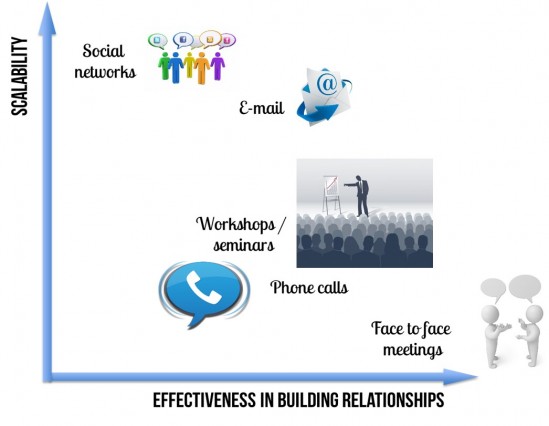
Enter e-mail. You might have heard that e-mail is dead and that you should use social networks instead. Although social networks are increasingly important, email is:
- By far mostly used. 188B messages are exchanged daily between 2,9B users
- Unlike social networks, a direct and personal means of communication between two people
- Engaging: people are much more likely to respond or take action suggested by the email than they are to respond to an update on social networks. Don’t take my word for it. Noah Kagan, one of the top internet marketers and growth hackers of our time, shows the difference in engagement for the same message he spread via Twitter and his email list. Email had 31 times higher engagement than Twitter!
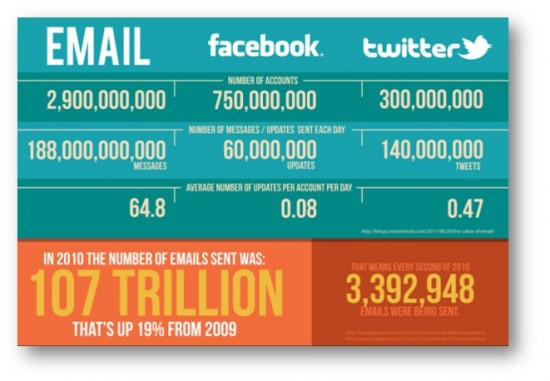
Many of the complaints are cause by email that is not done well. Ending up in people’s spam folders is not only ineffective, but can get you blacklisted by the major email providers.
That is why the email combines well with great content that your prospects want to read. That’s also why you need your prospect’s permission – remember the ethical free bribe from day 2.
Therefore, a highly effective and scalable system to nurture your prospects is a series of well crafted, content-rich emails that are sent automatically over a period of time to prospects you met in person, or those who explicitly requested the information via your landing page.
Element 3: The meeting place of online and offline lead generation
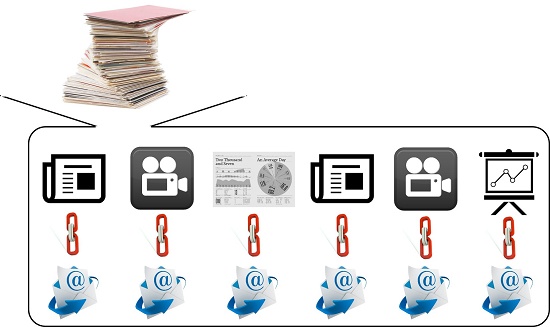
Once you have your nurturing system in place, there is no reason why you shouldn’t add your offline prospects to it. Remember that stack of business cards you collected on a networking event? Well, let your assistant type the emails over in an Excel sheet. Then, and send them a small personal note before you add them to the email list.
Element 4: a Strategic sequence
Sharing content for free may seem like an altruistic mission, but it should be clear that you are running a business.
Best is to be open about it. Everyone should be allowed to consume your free content and get value from it. But if they like what they see and want more help, let them know they can get that too.
In other words, your email series needs to have strategic sales argumentation elements – just like your landing page. In fact, it is a lot like a content rich, “sideways” landing page. Imagine a long landing page with lots of content. And then imagine you break it down in pieces and send it over in a couple of emails.
***
To recap these 3 days, your Growth Engine so far consists of:
- a process to attract new prospects
- a landing page and a capture strategy (e.g. a freebie)
- a lead nurturing process
When you put these elements together, you get a growth engine. Tomorrow, we’ll look at some key numbers that determine how effective and fine-tuned your engine is.
